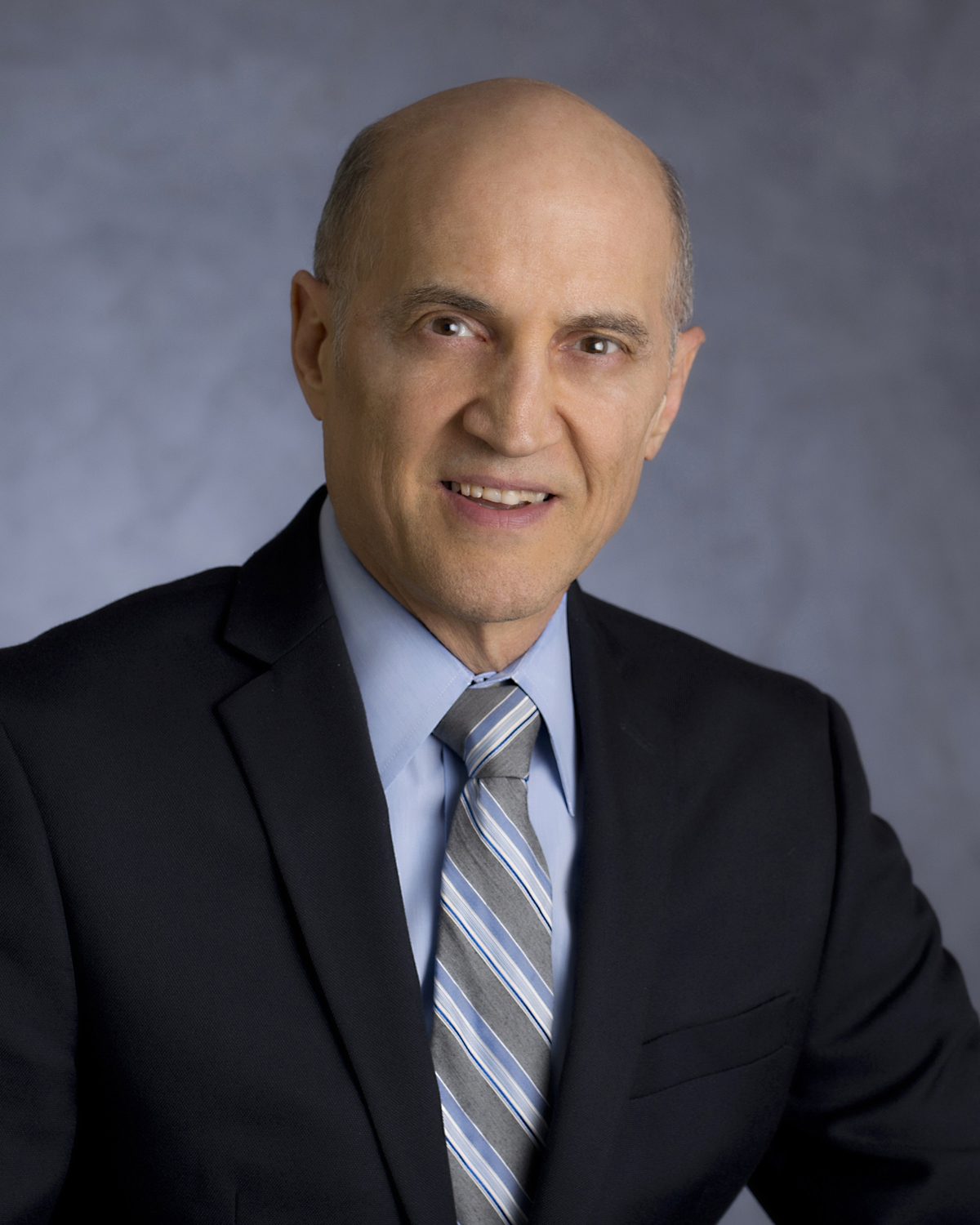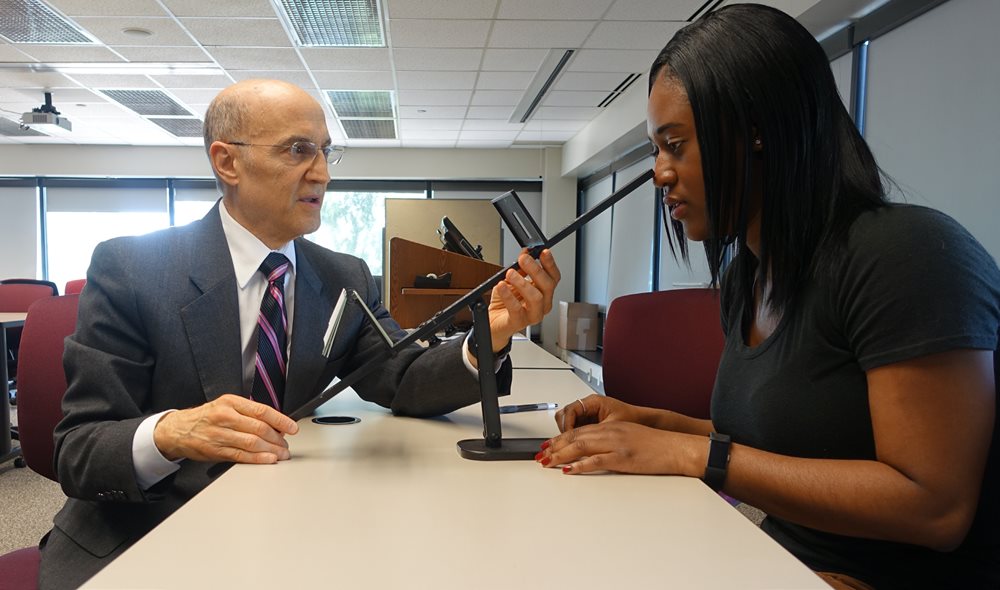 Backed by a $3.7 million grant from the National Eye Institute of the National Institutes of Health, Mitchell Scheiman, OD, PhD, dean of Research and professor in the Pennsylvania College of Optometry at Salus University and an expert on convergence insufficiency (CI), will be part of a multi-institutional team seeking to establish guidelines that will help clinicians diagnose and treat concussion-related CI.
Backed by a $3.7 million grant from the National Eye Institute of the National Institutes of Health, Mitchell Scheiman, OD, PhD, dean of Research and professor in the Pennsylvania College of Optometry at Salus University and an expert on convergence insufficiency (CI), will be part of a multi-institutional team seeking to establish guidelines that will help clinicians diagnose and treat concussion-related CI.
CI is a condition in which an individual has trouble controlling eye alignment when reading or doing any near work. The funding follows a $2 million NIH grant that will enable Dr. Scheiman and his longtime clinical partner, Dr. Tara Alvarez, to first investigate CI in people without head injuries.
“The disorder makes it hard to read books, work on a computer or even use a smartphone, and impacts the ability to return to school and sports,” said Dr. Scheiman.
The team — which also includes optometrists, engineers, vision researchers, sports medicine physicians, balance experts and biostatisticians — is enrolling a demographically diverse group of 100 participants between the ages of 15 and 25 with persistent symptoms of CI one-to-three months post-trauma in clinical trials at the Children’s Hospital of Philadelphia (CHOP) and Robert Wood Johnson’s Somerset Pediatric Group in New Jersey. The source of their concussions varies, from falls, to car accidents, to sports injuries. While testing their vision, assessing their ability to perform daily tasks such as reading, and collecting eye movement data to determine how quickly and accurately they can track a moving target on a computer screen, the group will also examine links to the brain.
Through fMRI imaging, they will measure changes in blood oxygen levels in different regions of the brain while it is at rest and while people are moving their eyes, for example, as a way to determine how much energy is produced in these different modes and where it is directed.
 Following a course of therapy sessions, the group will repeat the tests to determine whether the patients’ eye function has improved and how that correlates with changes in the brain.
Following a course of therapy sessions, the group will repeat the tests to determine whether the patients’ eye function has improved and how that correlates with changes in the brain.
In addition to levels of blood oxygen, Dr. Alvarez will also measure how consistently neurons in the eye-functioning regions fire, whether cells near those neurons get recruited to help with tasks and whether connections between neurons improve so that signals flow faster and more effectively.
Drs. Alvarez and Scheiman were the first researchers to describe how CI-related vision therapy changed brain mechanisms, reducing symptoms.
“We have completed multiple randomized clinical trials to compare various treatments for CI ranging from simple home-based procedures to more sophisticated office-based therapy administered by trained therapists,” said Dr. Scheiman, who has studied CI for 30 years. “These studies demonstrate that home-based therapies alone have limited effectiveness and office-based vision therapy is the most effective treatment for patients with CI and no history of head injury. Our objective in this new study is to determine if a similar therapy protocol is also effective when CI occurs after concussion.”
Physicians will receive a composite score of clinical and eye movement measures to assist in decisions for return to sport, school and other activities. This composite score will be based upon knowledge from the imaging conducted within this study.
Once they have gathered and published data, the group plans to embark on a larger, randomized clinical trial with 500 patients in major children’s hospitals across the country that specialize in concussions.